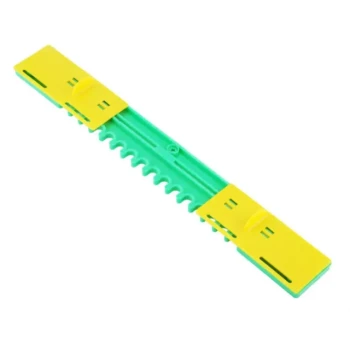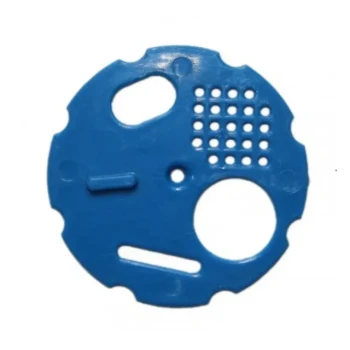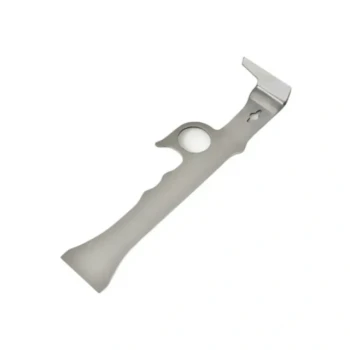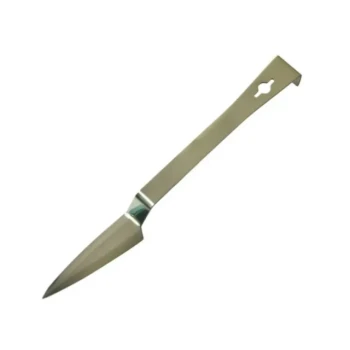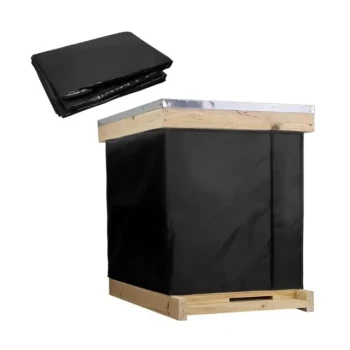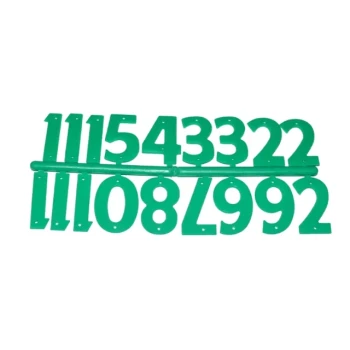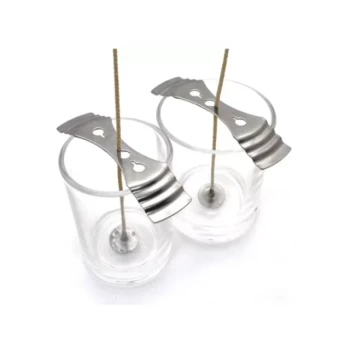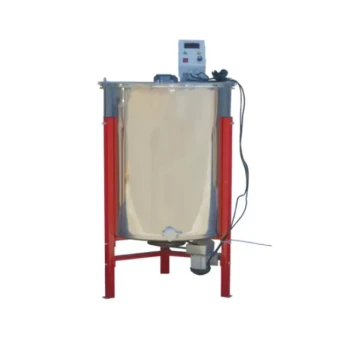At its core, an entrance reducer is a simple block, typically made of wood, used to shrink the size of the main hive entrance. Its purpose is to give the colony a smaller, more manageable space to defend against intruders and to help regulate the hive's internal environment during critical periods.
The true purpose of an entrance reducer is not just to block a hole, but to manage vulnerability. A large, open entrance is a liability for a colony that is small, weak, or preparing for winter, and this simple tool is the most effective way to mitigate that risk.
The Primary Role: Fortifying Hive Defenses
A beehive is a fortress filled with valuable resources, making it a target for outsiders. The entrance is the main gate, and controlling its size is a critical defensive strategy.
Aiding New or Weak Colonies
A new package of bees or a small nucleus colony has a limited population. With fewer guard bees available, defending a full-width entrance against pests or robbing bees is an overwhelming task.
By reducing the entrance, you create a defensible chokepoint. This allows a small force of guards to effectively protect the entire colony while it focuses on building its population and resources.
Preventing Robbing
During late summer and fall, natural nectar sources become scarce. This can trigger "robbing" behavior, where stronger honey bee colonies attempt to raid weaker ones to steal their honey stores.
A reduced entrance makes it extremely difficult for invading bees to overwhelm the hive's guards. It forces them into a one-by-one confrontation, giving the defending colony a significant advantage.
Preparing the Colony for Winter
As the weather cools and bees prepare to cluster for warmth, the entrance reducer serves two different but equally important functions.
Excluding Rodents and Pests
A warm, dry beehive full of honey is an ideal winter shelter for mice and other small rodents. If they gain access, they can destroy comb, consume honey stores, and foul the hive, often leading to the colony's demise.
The entrance reducer acts as a physical barrier. The opening is small enough for bees to pass through but too small for a mouse to squeeze by, effectively pest-proofing the hive for the winter months.
Managing Internal Climate
While modern hives with screened bottom boards have excellent ventilation, a wide-open entrance in winter can still create a significant draft.
Reducing the entrance helps limit cold air intrusion, making it easier for the bees to maintain the stable temperature of their winter cluster. This helps them conserve energy and honey stores throughout the coldest months.
Common Pitfalls to Avoid
Using an entrance reducer at the wrong time can be more harmful than helpful. Understanding its limitations is just as important as knowing its benefits.
The Risk of Overheating
A reduced entrance also means reduced ventilation. During the peak heat of summer, a strong colony needs maximum airflow to cool the hive and dehydrate nectar into honey.
Using a reducer during a summer nectar flow can cause the hive to overheat, stressing the bees and hindering honey production.
Creating a "Traffic Jam"
For a strong, populous hive, a small entrance can create a bottleneck. Foraging bees get backed up trying to enter and exit, which reduces their efficiency and can slow the colony's growth and honey collection.
A strong colony with a healthy population of guard bees generally does not need an entrance reducer during the main foraging season.
Making the Right Choice for Your Colony
The decision to use an entrance reducer depends entirely on the colony's current strength and the time of year.
- If you are installing a new package or nuc: Use the smallest opening to give the small, new colony a secure and defensible home from day one.
- If your hive is weak or recovering: Keep the entrance reduced to protect it from opportunistic robbers while it rebuilds its population.
- If you are preparing for fall and winter: Install the reducer after the main nectar flow ends to prevent robbing and block access for mice.
- If your hive is strong and populous during summer: Remove the reducer completely to maximize ventilation and prevent a "traffic jam" for your foragers.
Understanding when and why to use this simple tool is a fundamental skill in responsible beekeeping.
Summary Table:
| Purpose | Key Benefit | Ideal Usage Scenario |
|---|---|---|
| Fortifying Defenses | Creates a defensible chokepoint for guard bees. | New packages, nucs, or weak colonies. |
| Preventing Robbing | Stops stronger colonies from stealing honey stores. | Late summer & fall when nectar is scarce. |
| Excluding Pests | Blocks mice and other rodents from entering. | Winter preparation and cold months. |
| Managing Climate | Reduces drafts, helping bees conserve warmth. | Winter to aid the cluster in temperature regulation. |
| Avoiding Pitfalls | Prevents overheating and foraging bottlenecks. | Remove for strong colonies during summer nectar flows. |
Protect Your Investment with Professional-Grade Equipment
A healthy, productive apiary starts with the right tools. For commercial beekeepers and equipment distributors, using reliable, well-designed entrance reducers is a simple yet critical step in safeguarding your colonies.
HONESTBEE supplies the durable beekeeping supplies and equipment you need to manage hive vulnerabilities effectively. We support commercial apiaries and distributors with wholesale-focused operations, ensuring you have access to high-quality gear that protects your bees and maximizes your operational efficiency.
Ready to strengthen your hive management strategy? Contact HONESTBEE today to discuss your wholesale equipment needs and discover how our products can contribute to the success and resilience of your beekeeping operation.
Visual Guide
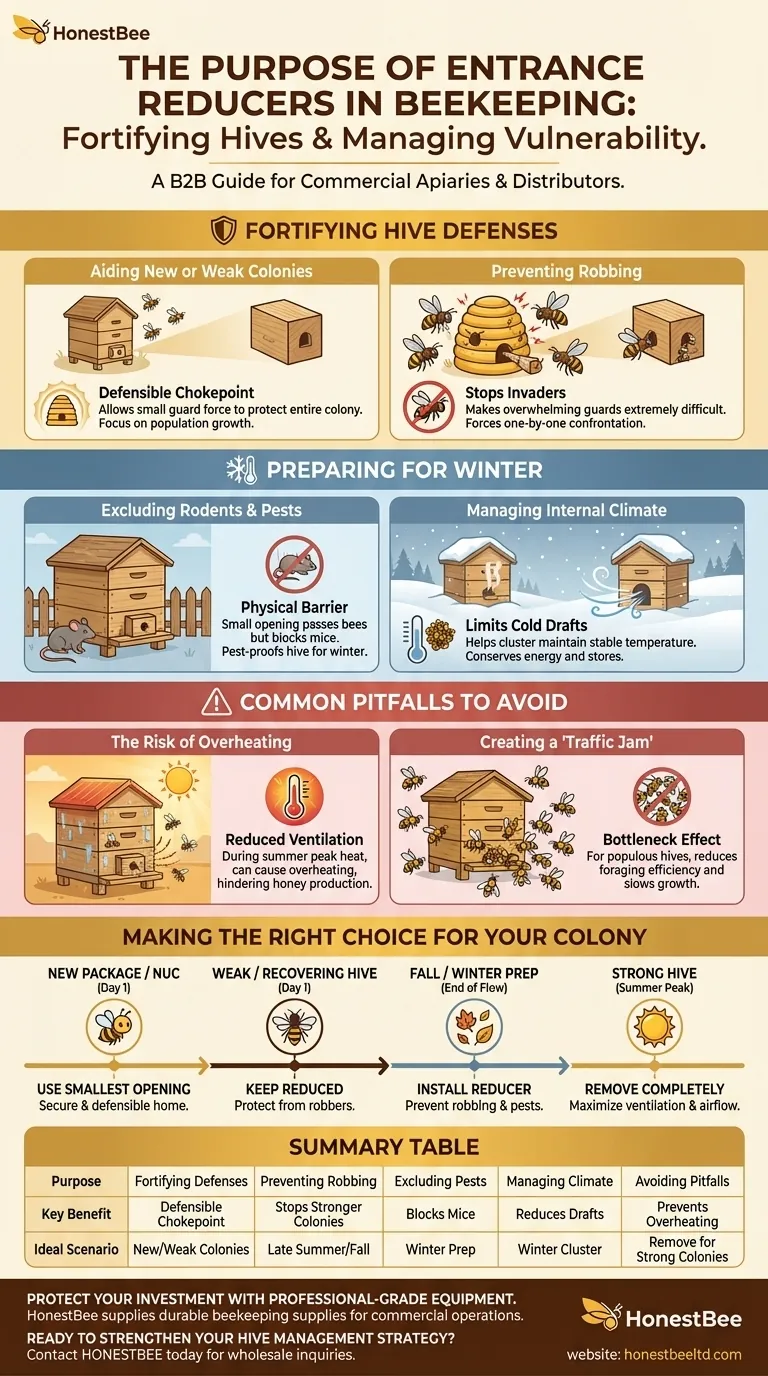
Related Products
- Multi-Functional Sliding Hive Entrance for Beekeeping
- Multi-Functional Rotary Hive Entrance Disc for Beekeeping
- HONESTBEE Advanced Ergonomic Stainless Steel Hive Tool for Beekeeping
- HONESTBEE Professional Long Handled Hive Tool with Precision Cutting Blade
- Professional Insulated Winter Hive Wrap for Beekeeping
People Also Ask
- How do bees manage debris with a small hive entrance? A Guide to Strategic Hive Management
- What is the purpose of placing an object in front of the hive entrance after a move? A Guide to Forced Reorientation
- How does the sliding design of the entrance reducer benefit beekeepers? Achieve Ultimate Hive Control
- What additional functions do hive entrances serve? A Key to Colony Health, Security, and Productivity
- How can a Langstroth hive entrance be adjusted? Mimic Natural Bee Preferences for a Healthier Hive
